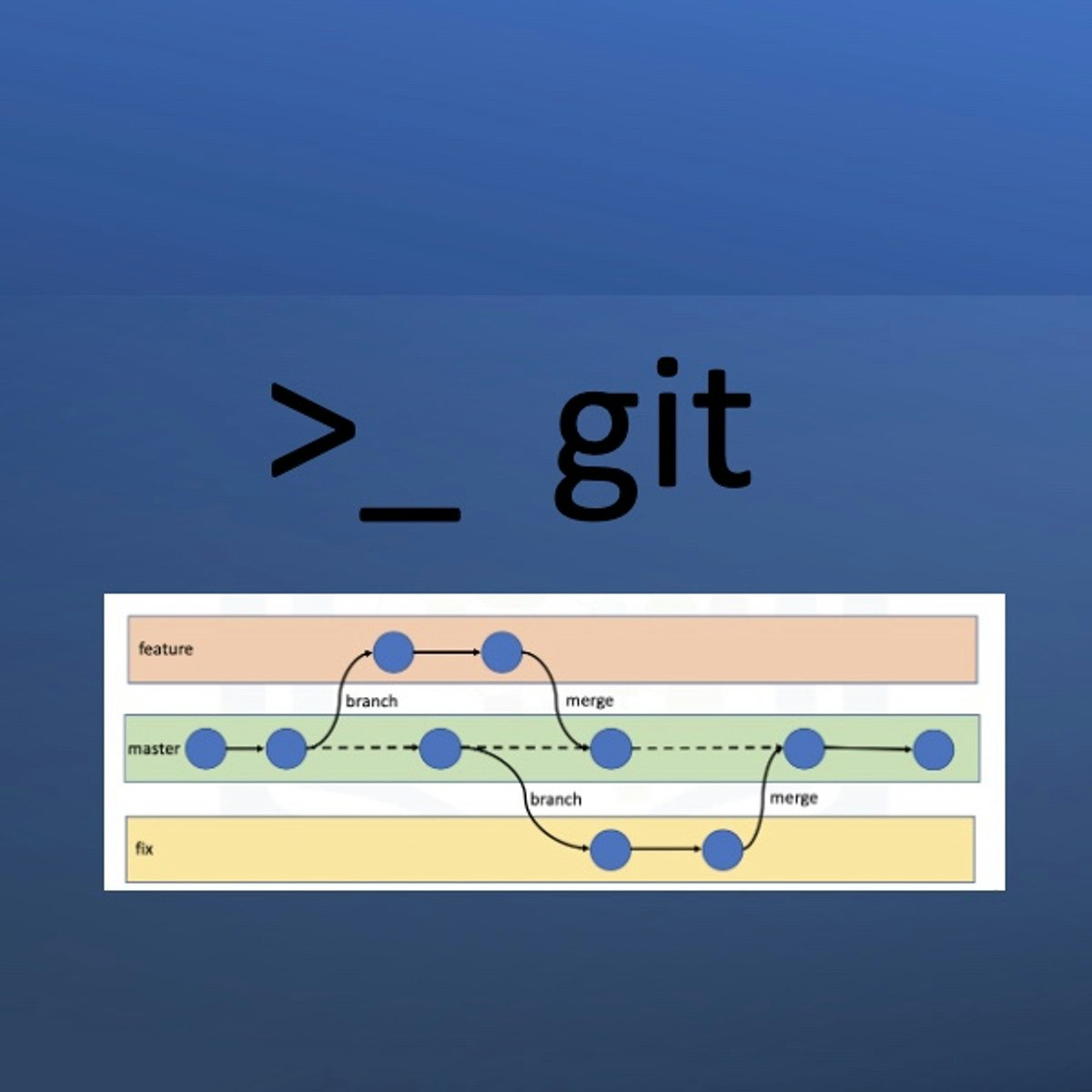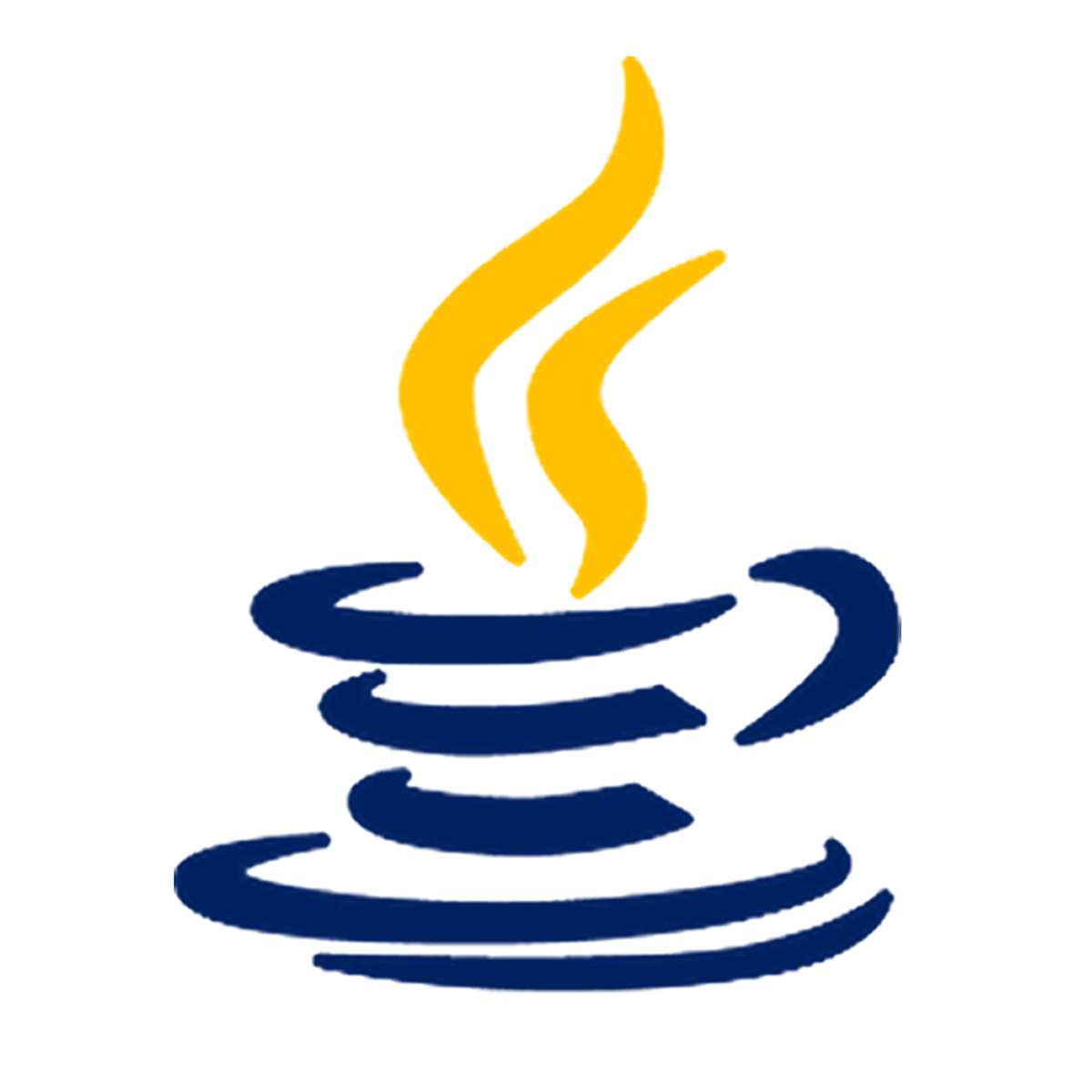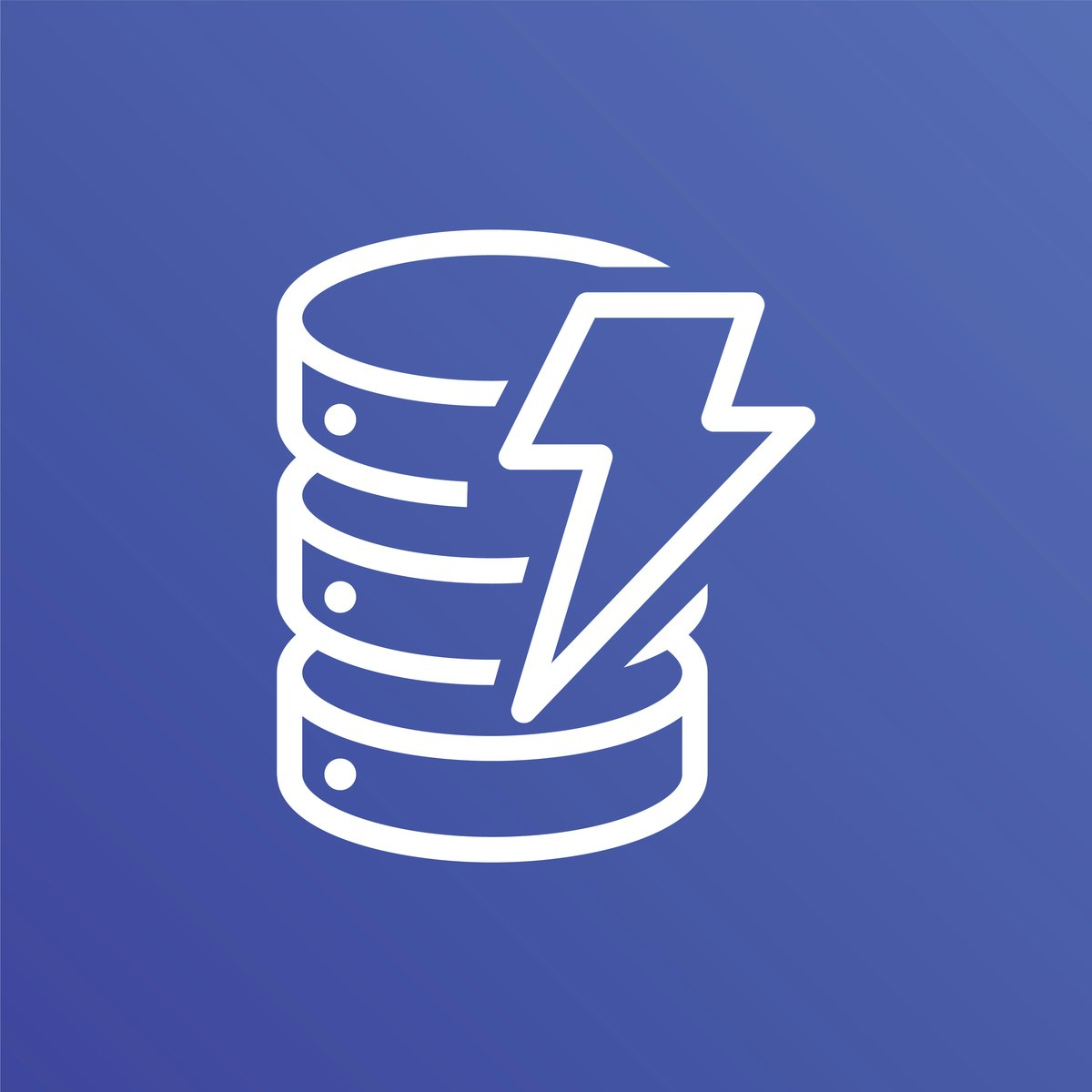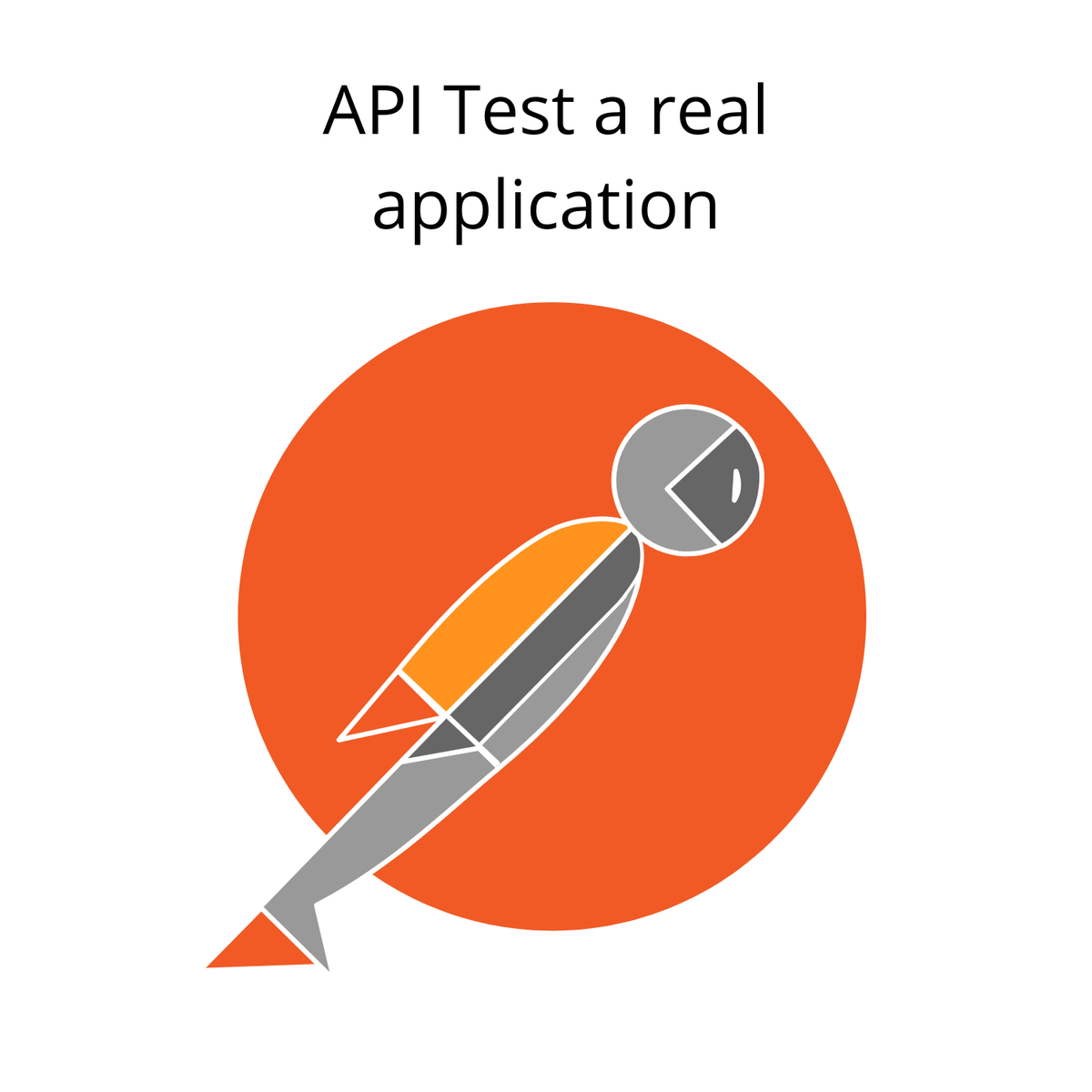Back to Courses









Software Development Courses - Page 114
Showing results 1131-1140 of 1266

Getting Started with Git and GitHub
Collaboration and social coding are crucial parts of contemporary Software Engineering practices and the DevOps culture. In this course, you’ll be introduced to collaborative version control and popular Git platforms.
You will explore key Git concepts such as branching and repositories, as well as the use of Git commands. You will also learn and practice various Git concepts such as forking, cloning and merging workflows. You will learn to use GitHub to work effectively as a team, and perform common Git operations, such as Pull Requests, from both the Web UI and command line.
Developed and taught by experienced IBM practitioners, in this course you’ll gain vital skills and hands-on experience using Git and GitHub. Each module contains hands-on labs for you to apply and practice what you learn. The course wraps up with a final project where you will start building your portfolio by creating and sharing a public/open-source GitHub project.
All hands-on activities in this course can be performed using web-browser based tools and interfaces. Installation of any specialized software is NOT required on your own computer in order to complete the course.

Java Class Library
Java Class Library is the fourth and final course in the Core Java Specialization. The Core Java Specialization is part of a series of programming specializations, derived from LearnQuest's private Java Bootcamps, designed to provide the skill set necessary to be hired as an IT developer using Java in many corporate environments.
After completing this course, you will be able to write reusable code that remains type-safe using Java Generics, work with collections of objects, work with files, handle runtime errors, and generally be prepared to move on to learning to use Java frameworks such as Spring Boot and Jakarta EE.
There are over 4200 classes in the Java 8 class library, with 100s of new ones compared to prior versions of Java. In this course, we will cover additional language features that enable the class library, essential library areas, and provide roadmaps to areas for self-exploration.
To be successful in this course, you should have taken:
- Course 1: Introduction to Java
- Course 2: Introduction to Object-Oriented Programming with Java
- Course 3: Object-Oriented Hierarchies in Java
or have equivalent knowledge.

Advanced Data Structures in Java
How does Google Maps plan the best route for getting around town given current traffic conditions? How does an internet router forward packets of network traffic to minimize delay? How does an aid group allocate resources to its affiliated local partners?
To solve such problems, we first represent the key pieces of data in a complex data structure. In this course, you’ll learn about data structures, like graphs, that are fundamental for working with structured real world data. You will develop, implement, and analyze algorithms for working with this data to solve real world problems. In addition, as the programs you develop in this course become more complex, we’ll examine what makes for good code and class hierarchy design so that you can not only write correct code, but also share it with other people and maintain it in the future.
The backbone project in this course will be a route planning application. You will apply the concepts from each Module directly to building an application that allows an autonomous agent (or a human driver!) to navigate its environment. And as usual we have our different video series to help tie the content back to its importance in the real world and to provide tiered levels of support to meet your personal needs.

Light Up Your World in Unity (Introduction to Lighting)
In this two-hour, project-based course, you will be introduced to Unity's powerful Lighting system for adding different types of lights in your game world. This project covers creating and setting up different lighting components and configuring your project's Lighting and Rendering Settings. This project will also touch on the Light Module of the Particle System to create realistic visual effects.
The guided project will introduce you to the following Unity UI concepts:
- Directional Light
- Spot Light
- Point Light
- Rendering Settings
- Lighting Settings
- Particle System
This project makes use of the FPSPlayer script created in Create a First-Person Camera (VM-Compatible!) with C# in Unity. It compliments this guided project and, although not a prerequisite, is recommended for learners who are interested in coding and would like to build their own FPS camera.

Decision Control Constructs in C# on Linux
By the end of of this project you will create a guessing game application that pits the computer against the user. You will create variables, static methods, decision constructs, and loops in C# to create the game.
Traditionally, C# and other Microsoft languages have been limited to the PC with Visual Studio as the IDE. Dot Net has been open-sourced and is now available on Linux. The Visual Studio Code IDE also has been fitted with a Language Extension plugin for C# as well for a pleasant developer experience on Linux.
Note: This course works best for learners who are based in the North America region. We’re currently working on providing the same experience in other regions.

Create a Point of Sale (POS) with Java Basics
By the end of this project, you will be able to create a simple point of sale POS app with the basic functionalities that any supermarket needs to establish their cashier systems, You’ll be able to multiply the items by their corresponding prices, add them all together and finally, show the total payment. Moreover, You will be able to create classes, objects, methods that we will use to build the structure of the app, you will also be able to use loops and import important libraries.
This project is meant to cover the most common data types and gives an overview about the object oriented programming (OOP) in Java with its main concepts such as inheritance and abstraction.
Note: This project works best for learners who are based in the North America region. We’re currently working on providing the same experience in other regions.
Amazon DynamoDB: Building NoSQL Database-Driven Applications
This course introduces you to NoSQL databases and the challenges they solve. Expert instructors will dive deep into Amazon DynamoDB topics such as recovery, SDKs, partition keys, security and encryption, global tables, stateless applications, streams, and best practices.
DynamoDB is a key-value and document database that delivers single-digit millisecond performance at any scale. It's a fully managed, multiregion, multimaster database with built-in security, backup and restore, and in-memory caching for internet-scale applications. DynamoDB can handle more than 10 trillion requests per day and support peaks of more than 20 million requests per second.
This course uses a combination of video-based lectures delivered by Amazon Web Services expert technical trainers, demonstrations, and hands-on lab exercises, that you run in your own AWS account to enable you to build, deploy and manage your own DynamoDB-powered application.

Create a Record of Students using Abstraction in Java
This project provides a step-by-step approach in instruction and will equip you with fundamental concepts of using abstraction in Java Programming, from the ground up. Using jGRASP development environment, you will create a Java project that creates students' records such as name, registration number, subjects, and learning costs. By the end of this project, you will be able to write a Java program using abstract classes and interfaces.
If this is the first time you are learning about abstraction you will benefit from writing programs from templates as well as a blank sheet to a fully functioning program. If you already have programming experience, this is an opportunity to refresh your skills in abstraction. No matter your level, you will be able to apply the skills obtained from this course in real-life programming exercises. To provide you with support outside the course, you will find a pool of additional notes and exercises that you can try at home.
If you ever wanted to build on your object-oriented skills in Java that you already possess and become better at using inheritance, this project is the right place to start!

Algorithms, Data Collection, and Starting to Code
This course starts you on your journey learning about computational thinking and beginning C programming. If you’d like to explore how we can interact with the world in a rigorous, computational way, and would also like to start learning to program, this is the course for you!
You may have heard lots of talk about computational thinking recently, but if you ask 10 different people what it is you’ll probably get 10 different answers. Rather than trying to define computational thinking, we’ll just say it’s a problem-solving process that includes lots of different components. In this course, we’ll explore algorithms and data collection.
Most people have a better understanding of what beginning C programming means! You’ll start learning how to develop C programs in this course by writing your first C program; learning about data types, variables, and constants; and honing your C programming skills by implementing a variety of STEM computations. This course doesn't assume you have any previous programming experience, so don't worry if you've never written code before.
If that all sounds interesting to you, go ahead and jump into the course!
Caution: Beginning (assuming no prior programming knowledge) is not the same as easy (not hard to do). Learning to program IS hard to do, especially since the courses in this specialization are built from a freshman-level college course. Meeting the course challenges while you master the material will be rewarding to you, but doing that will require hard work and maybe even a few expletives along the way.
Module 1: Learn about algorithms and write your first C program
Module 2: Discover how we store data in our programs
Module 3: Explore how we use data collection to solve problems and answer questions
Module 4: Practice writing C programs to implement STEM computations

API Testing a real web application via Postman
API is an acronym for Application Programming Interface.
In software application (app) development, API is the middle layer also known as logic layer or backend layer and lies between the front-end (UI) and the database layer.
APIs enable communication and data exchange from one software system to another.
API testing is a software testing practice that tests the APIs directly — from their functionality, reliability, performance, to security.
In this project, we will practice the API testing of a real web application using the Postman tool covering scenarios like creating, updating, retrieving resources, and also the authorization flow using OAuth 2.0 flow
Popular Internships and Jobs by Categories
Browse
© 2024 BoostGrad | All rights reserved


